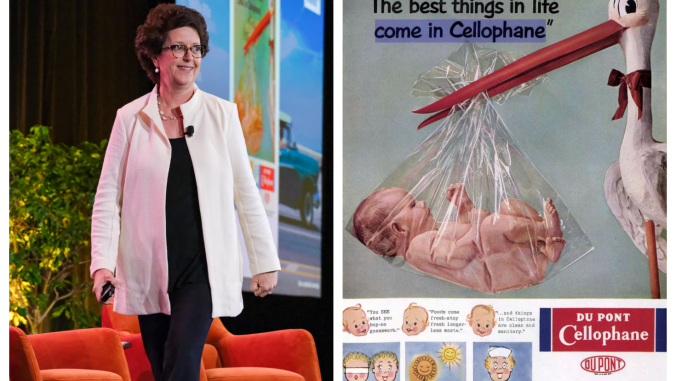I’ve been asked this question a lot: How can we most effectively talk to consumers about climate change? Last month, Dieter Holger at The Wall Street Journal asked about it in relation to carbon labeling. My answer (which was indeed quoted) was that most consumers don’t know what the hell a carbon footprint is.
More importantly, they don’t feel very empowered to do much of anything about their own carbon footprint. Here’s the data from our latest Eco Pulse survey from December 2020:
- Seventy-nine percent of Americans feel moderate to no control over their carbon footprint. It’s worth noting that 31 percent of millennials do feel they have some to a lot of control over their footprint, while 25 percent of Gen Zers also feel that way. So, there’s a clue: If your typical buyer is younger, you can presume that some level of empowerment over climate change already exists, and they’ll want to hear your story of how you’re doing your part (provided it’s an authentic, worthy story) because knowledge engenders empowerment.
- When we asked, "Have you ever used an online calculator to gauge your household’s carbon footprint?" 43 percent stated they had no idea what a carbon calculator was before the survey (which included one-third of all millennials and Gen Zers who responded to our survey, by the way), and only 14 percent said they’d actually used one.
- Now, of that 14 percent, more than half (58 percent) said using the calculator had a strong to very strong impact on their daily habits.
- When we shift the language and ask, among a list of concerns, how concerned are people about greenhouse gas emissions, 69 percent of Americans rank themselves as moderately to extremely concerned.
- Car and truck emissions are believed to be the No. 1 cause of such emissions. (That has been the No. 1 answer for 15 years. Today, that happens to be the case, but for a long time, it was electricity generation.)
- Seventy-nine percent of Gen Zers ranked themselves as moderately to extremely concerned about our reliance on fossil fuels. Thus, Gen Zers and millennials are more likely than older generations to drive a plug-in hybrid or all-electric vehicle, ride a bike, ride public transport, carpool, telecommute or choose a moped or motorcycle instead of a car.
This brings us full circle — younger people are generally more likely to feel more in control of their carbon footprint because they are taking control.
There’s a lot to learn in these stats that can help us answer the question "How can we most effectively talk to consumers about climate change?"
- Talk about your plan to emit zero greenhouse gas emissions. And say it like that. Don’t use the shorthand we use in the sustainability community, such as "net zero," "SBTs" or "carbon reduction." Although they may not entirely understand what greenhouse gas emissions are, they sound awful and eliminating them sounds wonderful. Which is part of why 69 percent of Americans are at least somewhat concerned about them.
- As you talk about it, talk about what you’ve already done and what you’re going to do. Don’t only talk about the future — you need to show some real traction thus far to make it obvious that you’re actually doing something to earn credibility.
- Because they think cars and trucks are the problem, talk to them about what you’ve done to reduce emissions from vehicles, how you’ve reduced the mileage traveled in your own fleet and how your lightweighting efforts or packaging redesign efforts make shipping more fuel-efficient.
- As noted earlier, don’t lean into carbon footprint, lean into greenhouse gas emissions.
And don’t be afraid to use the words "climate change." As I noted in a post in 2020, the vast majority of millennials with kids (82 percent) feel anxious about the impacts of climate change in their kids’ lifetimes. That 82 percent isn’t all Democrats, so let’s drop the paradigm that this is a partisan issue and start calling what’s happening what it actually is — a human issue.
We’ll be doing more work in our Eco Pulse studies this year to further answer this question, so stay tuned!
A quick caveat: I have grown to really dislike the term "consumer."It paints a one-dimensional portrait of us all based on one activity we participate in, and it does so in the most unattractive-sounding way possible. As if we’re all hungry blobs with our mouths perpetually gaping open, desperate to tear through our next temporary gratification. We are all better, deeper, more nuanced and soulful creatures than that! (Although the bit about trying to soothe some ill by buying stuff might strike a nerve also, that’s for another blog post.) Today, I’m using the word "consumer" to connote people who buy things, and in the context of this post, the things are from the brands that want to tell buyers what they, the brands, are doing to fight climate change.






